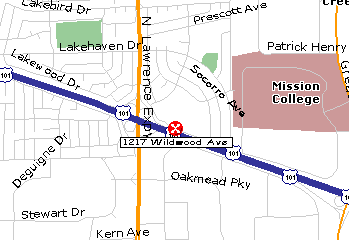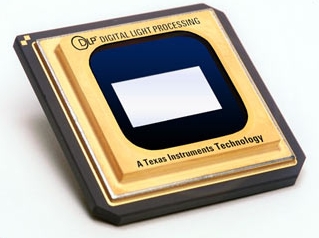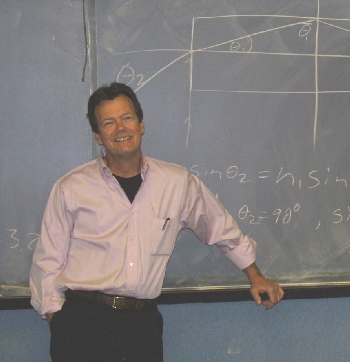|
|
|
 | ||
|
| ||
 November 10, 2004
November 10, 2004
Ramada Inn
PLEASE RESERVE IN ADVANCE --
 It is commonly held that packaging for MEMS components can run to 60-80% of unit cost. This is due to a number of factors including "hard-to-handle" and "hard-to-hold" problems as well as generally low volumes. When optical performance is added to the mix cost, complexity, and reliability all move in unfavorable directions. The digital micromirror device (DMD™) made by Texas Instruments has become a successful product in spite of these challenges. An optical quality window must be incorporated into the package to allow light modulation. Since the display is an image of the face of the device, the package must be cosmetically pleasing as well as optically functional. In digital cinema applications as much as 80 Watts in the visible spectrum impacts the device and parts of the package so that thermal management is also critical. High definition video bandwidth at ever-increasing bit depths places extreme demands on impedance control and/or pin count. Finally, the mechanical contact which makes possible acceptable pixel uniformity requires surface chemistry control on the monolayer or nanometer scale. Some of these special requirements and attempts at their solutions are discussed in this presentation.
It is commonly held that packaging for MEMS components can run to 60-80% of unit cost. This is due to a number of factors including "hard-to-handle" and "hard-to-hold" problems as well as generally low volumes. When optical performance is added to the mix cost, complexity, and reliability all move in unfavorable directions. The digital micromirror device (DMD™) made by Texas Instruments has become a successful product in spite of these challenges. An optical quality window must be incorporated into the package to allow light modulation. Since the display is an image of the face of the device, the package must be cosmetically pleasing as well as optically functional. In digital cinema applications as much as 80 Watts in the visible spectrum impacts the device and parts of the package so that thermal management is also critical. High definition video bandwidth at ever-increasing bit depths places extreme demands on impedance control and/or pin count. Finally, the mechanical contact which makes possible acceptable pixel uniformity requires surface chemistry control on the monolayer or nanometer scale. Some of these special requirements and attempts at their solutions are discussed in this presentation.

After successfully promoting the technology internally and externally through a period of explosive growth, he took a position in Production Engineering for the development of first generation portable projectors. His final position included responsibility for novel approaches and new technologies utilizing and enabling Digital Light Processing (tm) insertion points, providing strategic direction in understanding competitive assessment and intelligence, and coordinating the DLP™ Products Coop programs and technical publication management. Dr. Gale is an author of more than a dozen technical publications, and holds patents in MEMS design, processing, packaging, control circuits, and system utilization concepts.
Dr. Gale is currently pursuing new career directions that will build on and expand his experience in microelectromechanical systems, novel data analysis techniques, information creation and distribution systems, and communications technologies. He accepted a tenured Professorship in the Electrical and Computer Engineering Department at Texas Tech University in Lubbock, TX, that began 1 June, 2002.
Avocational interests include observational astronomy, home theater design, and digital photography.
|
SCV Chapter
Home Page |
How to Join IEEE |
Contact our Chapter Chair |
FF
| CPMT Society
Home Page |
IEEE Home Page |
Email
to Webmaster |
Last updated on